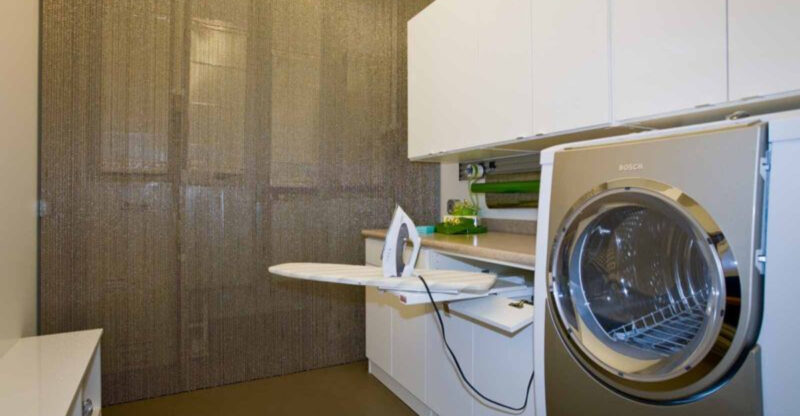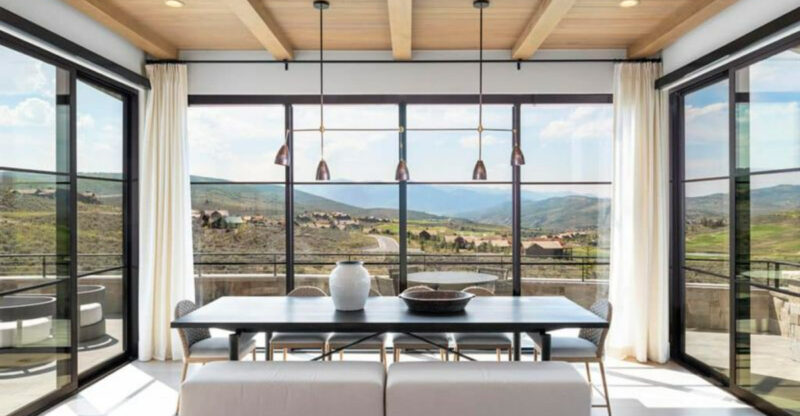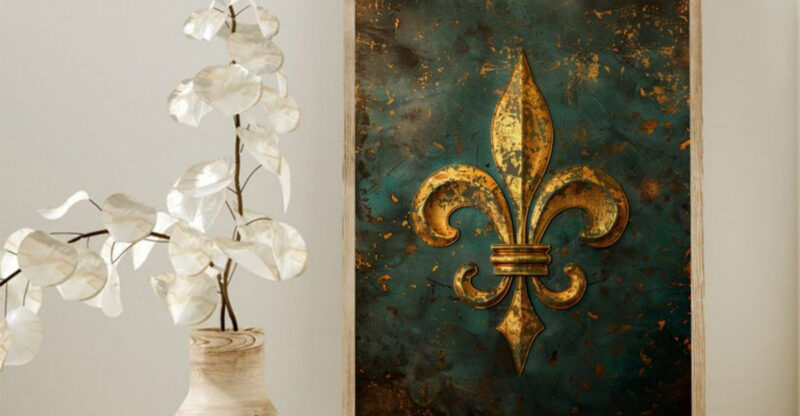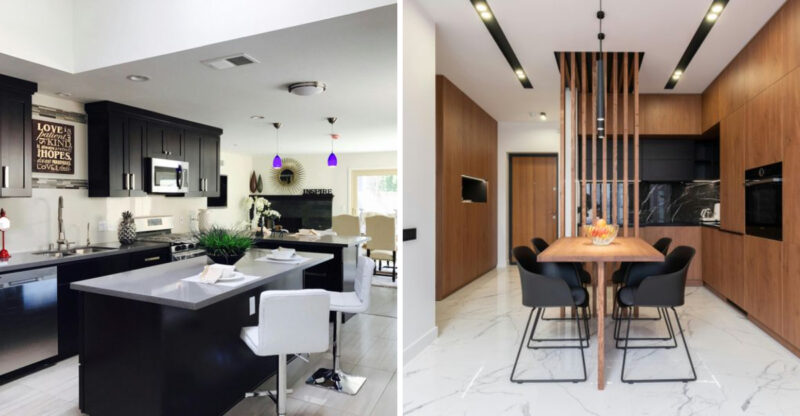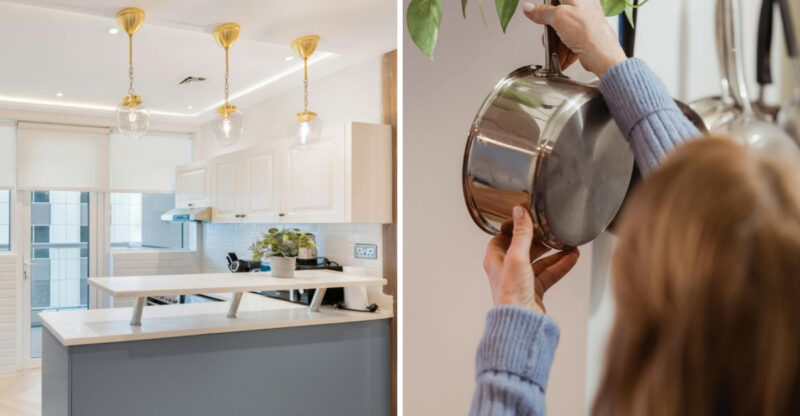14 Classic Midwest Decorating Styles You Never See In Modern Homes
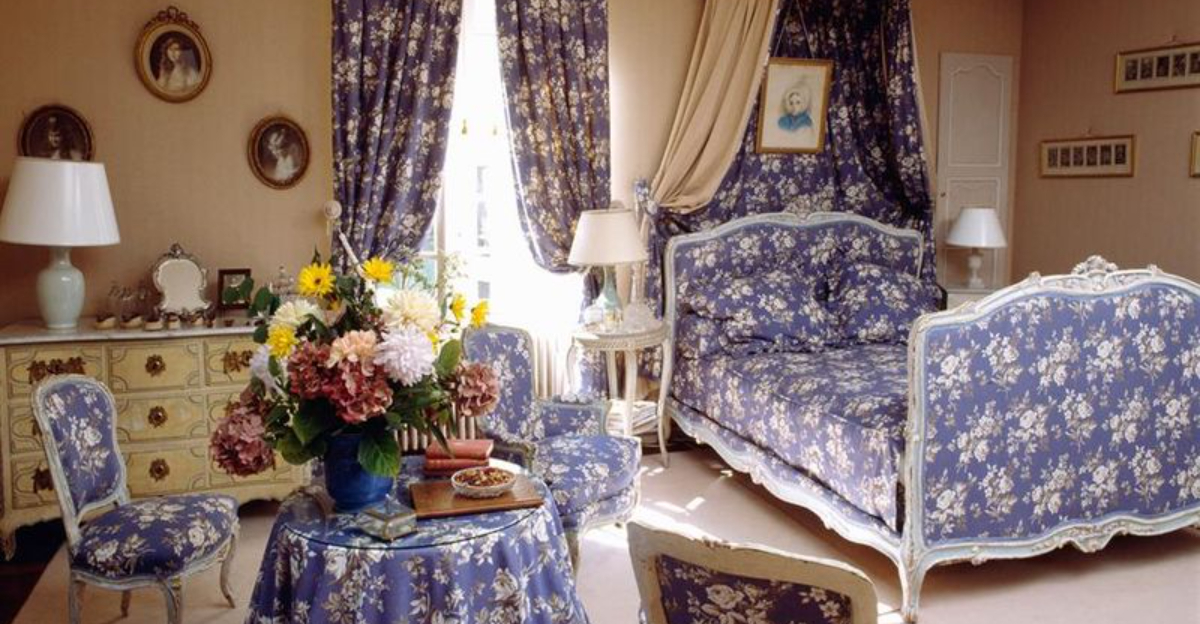
Alright, y’all, gather ’round because we’re about to take a whirlwind tour through 14 classic Midwest decorating styles you almost never see in those shiny, modern homes.
You know, the kind of styles that Grandma swore by, Dad still secretly loves, and your Pinterest boards have probably never even heard of. Cozy cabin vibes to farmstead charm that screams “we mean business with our casseroles,” these styles are packed with more personality than a county fair on a Saturday night.
Ready to bring a little Midwest magic back to your four walls?
1. Wallpaper Borders Along Ceiling Lines
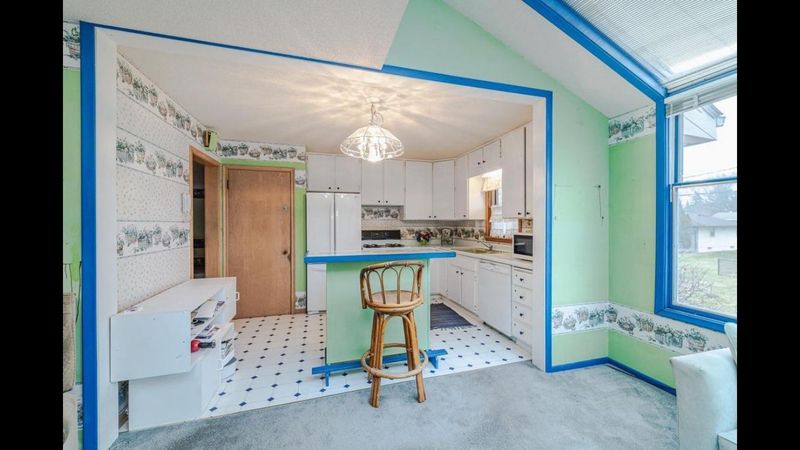
Whoever decided that a 6-inch strip of ducks, apples, or floral patterns should march around every room? Those wallpaper borders reigned supreme in Midwest homes of the 80s and 90s.
Homeowners would painstakingly match these borders to curtains, towels, and sometimes even the family’s Sunday outfits.
Modern design embraces clean lines and minimalism. But there was something endearingly cohesive about a kitchen where the apple-patterned border perfectly matched the canisters, clock, and oven mitts.
2. Wooden Goose With Seasonal Outfits
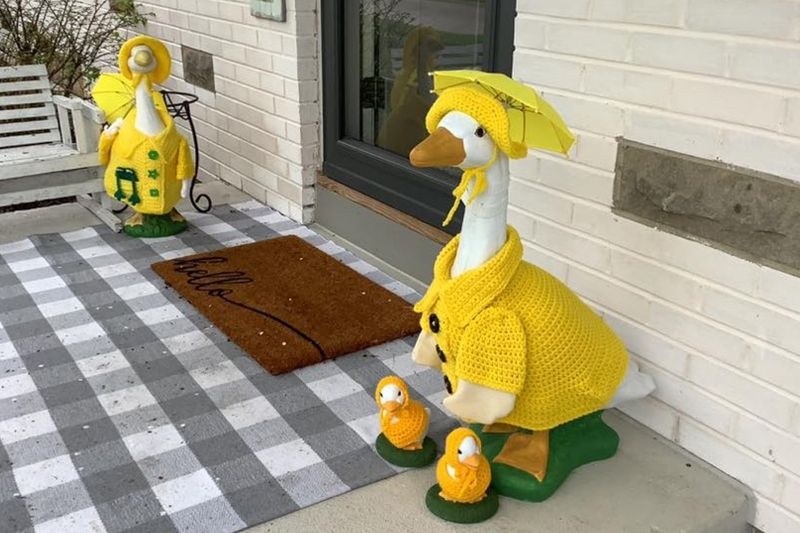
Oh, the loyal wooden goose! Standing sentry in countless Midwest entryways, these feathered guardians received wardrobe changes more regularly than some family members.
From Easter bonnets to Christmas scarves, no holiday went uncelebrated. Grandmothers maintained entire dresser drawers dedicated to miniature goose fashion.
Modern homes might show off an artisanal sculpture or a minimalist vase, but they’re missing out on some real personality. Like a plywood waterfowl rocking a tiny rain slicker during April showers, now that’s quacktastic charm you just can’t buy at a gallery!
3. Ruffled Country Curtains
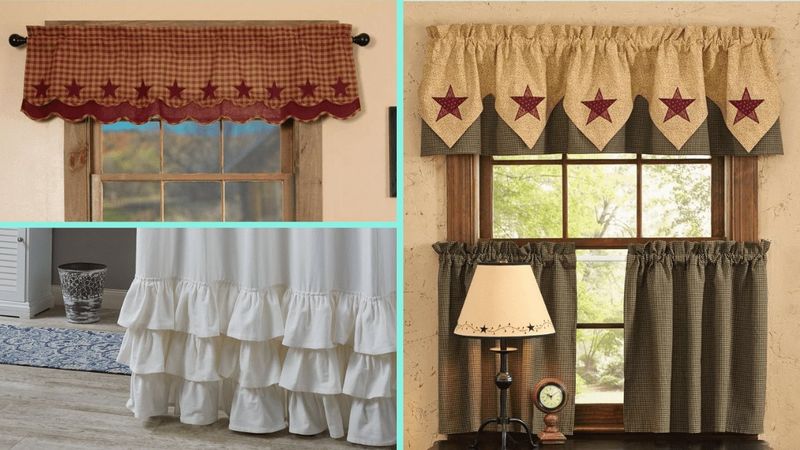
Ruffles ruled the roost in traditional Midwest homes! Windows disappeared behind layers of gathered fabric, often in small floral prints or gingham checks. These curtains weren’t just window coverings, they were statements.
Matching valances crowned the tops while tie-backs (sometimes with wooden hearts or apples) held the sides. The more ruffles, the better!
Today’s streamlined blinds and solid panels feel pretty bare. Back then, fabric extravaganzas framed our views of cornfields and neighborhood barbecues with style and flair!
4. Rooster-Themed Kitchens
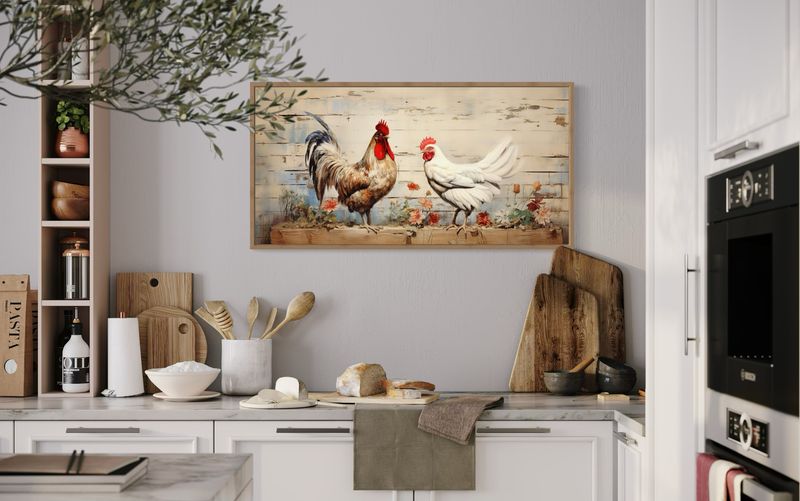
Cock-a-doodle-decor dominated Midwest kitchens for decades. From canisters to clock faces, proud roosters strutted across every surface.
The rooster wasn’t just a bird, it symbolized early-rising farm values central to Midwest identity.
Cookie jars, spoon rests, trivets, and even cabinet knobs featured these feathered fellows. Contemporary kitchens favor stainless steel and clean lines over barnyard personalities.
Yet something heartwarming existed in those kitchens where a dozen different roosters seemed to be having their own silent party.
5. Wooden Signs With Country Sayings

Long before mass-produced “Live Laugh Love” signs invaded home decor stores, Midwest homes pioneered folksy wooden signage. Hand-painted declarations like “Bless This Mess” and “No Place Like Home” adorned walls in every room.
These weren’t just decorations but philosophical statements about Midwest values. Bathroom signs warned guests to “Wash Your Hands, Ya Filthy Animal” while kitchens proclaimed themselves “Grandma’s Country Kitchen.”
Nowadays minimalism has largely banished these chatty walls, replacing homespun wisdom with stark, message-free spaces.
6. Dusty Blue And Mauve Color Scheme
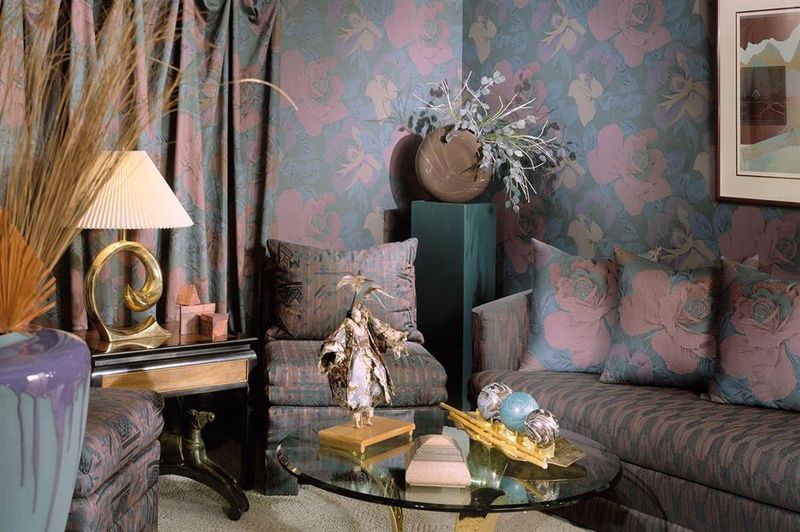
Can you think of a more unmistakable sign of an ‘80s Midwest living room than that infamous dusty blue and mauve color combo? This palette was everywhere, from floral sofas to bathroom tiles to bedroom wallpaper.
Remember those throw pillows with zigzag patterns showing off both colors? And the artwork, perfectly matching that muted scheme?
Nowadays, contemporary homes lean toward grays, whites, and bold accents. Back then, it was all about full coordination in dusty blue and mauve. Walking into one of those rooms felt like entering a carefully orchestrated world, where even the tissues in the decorative boxes matched just right.
Can you picture it?
7. Collectible Plate Displays
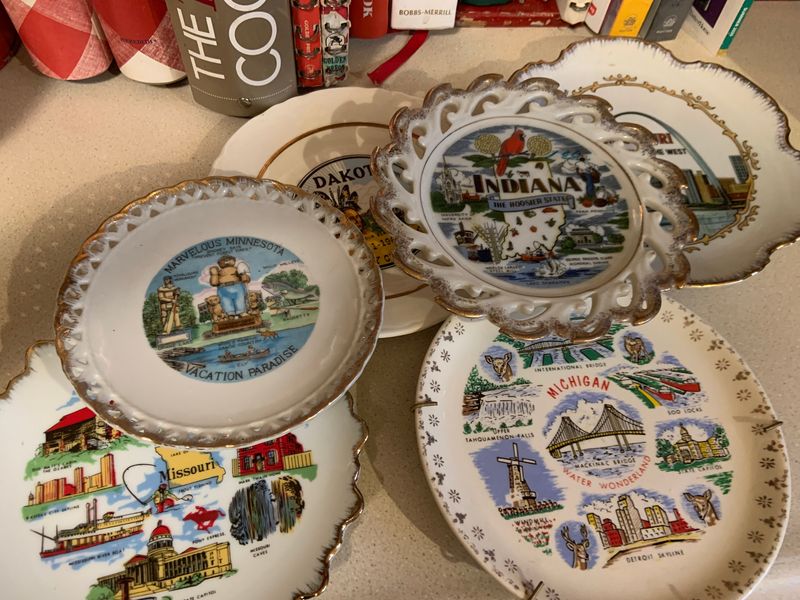
Midwest dining rooms once showcased the family’s personality through elaborate plate displays. These weren’t ordinary dishes but commemorative treasures. They featured everything from Norman Rockwell scenes to wildlife portraits to Christmas themes.
Special wooden racks or custom shelving held these circular masterpieces. Collecting became serious business, plates arrived monthly from Bradford Exchange or Franklin Mint with certificates of authenticity.
Modern homes rarely dedicate wall space to decorative plates, preferring large artwork or nothing at all. Unfortunately, one thing is missing… That personalized touch of curated collections.
8. Avocado Green Appliances
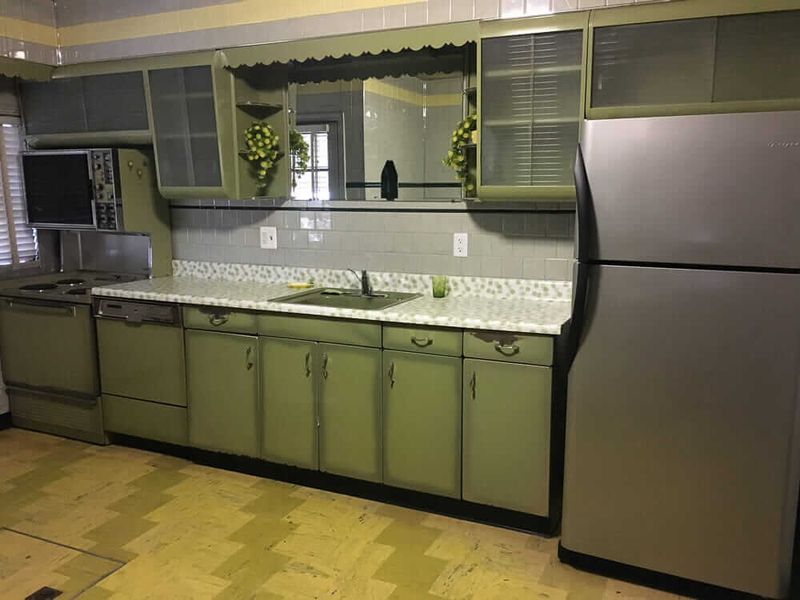
Once a staple in every Midwest kitchen, avocado green appliances defined an era of culinary delight. Imagine the soft hum of an avocado green refrigerator standing as a sentinel in the bustling heart of the home.
This color trend was not just about aesthetics; it was a bold statement of individuality and taste. However, as modern homes gravitate towards stainless steel and sleek designs, the avocado hue has been relegated to nostalgic memories.
Interestingly, these appliances were seen as a symbol of modernity in the 1970s, a testament to a homeowner’s forward-thinking nature. Today, they serve as charming reminders of a bygone era.
9. Sponge-Painted Walls
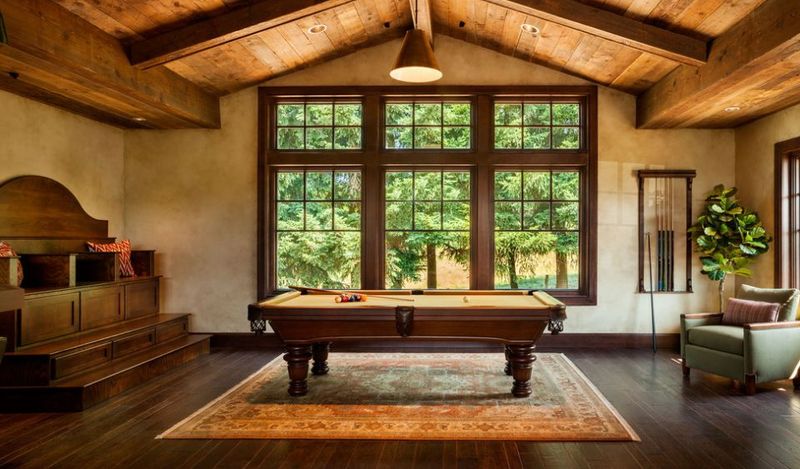
Weekend warriors across the Midwest once armed themselves with sea sponges and paint to create textured masterpieces on their walls. This DIY technique produced mottled finishes in complementary colors, often in bathrooms, dining rooms, and entryways.
Proud homeowners would guide guests through rooms, encouraging them to touch the tactile surfaces. “Did it myself!” became the battle cry of Midwest home decorators.
Today’s smooth-painted walls or simple accent colors lack that personal touch. There was a certain weekend-project pride that came from transforming walls into textured works of art.
10. Fabric-Covered Everything

Fabric conquered every surface in peak Midwest decorating. Coordinating patterns covered sofas, drapes, lampshades, tissue box covers, and even toilet paper roll holders!
Homemakers mastered the art of fabric-wrapping picture frames and covering entire walls with stretched fabric. Matching bedroom sets included fabric headboards, dust ruffles, and canopies.
Today’s sleek design trends have stripped away these textile explosions, replacing them with clean lines and hard surfaces. Yet those fabric-rich environments created undeniably cozy spaces where everything soft matched everything else.
11. Colonial Blue And Rust Americana
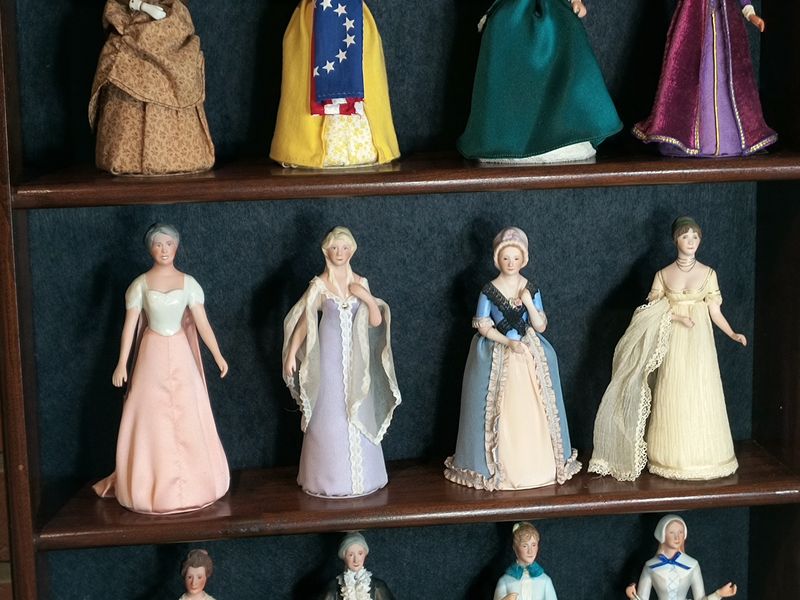
Patriotism met interior design in the Midwest’s love affair with Americana decor. Colonial blue, rust red, and cream dominated these themed rooms, often featuring eagles, stars, and primitive folk art.
Stenciled borders of stars marched across kitchen walls. Braided rugs in matching colors anchored living spaces.
Wooden shelves displayed collections of small Americana figurines, little colonial ladies and flag-bearing minutemen. Contemporary homes rarely embrace such overtly patriotic themes. Instead, they opt for subtle nods to national pride rather than full-room commitments.
12. Bathroom Carpet (Yes, Really)
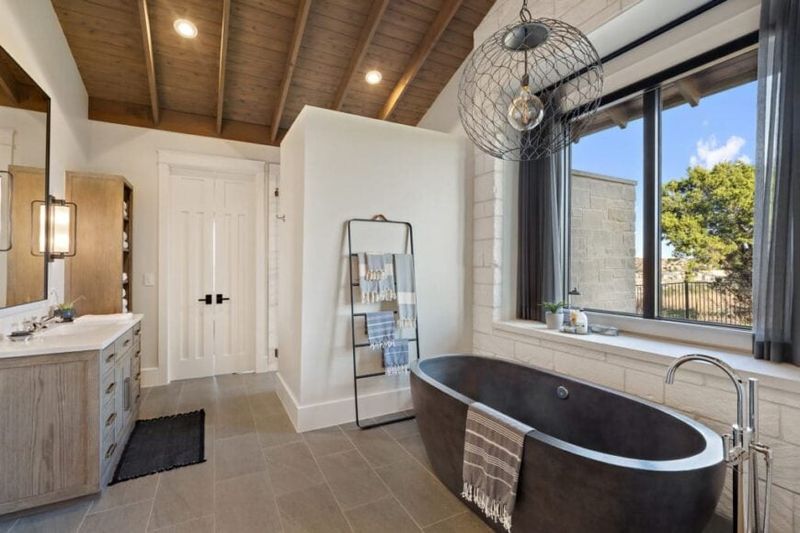
Perhaps the most puzzling Midwest decorating choice: wall-to-wall carpet in bathrooms. Usually in pastel shades matching the toilet seat cover and tank cozy, this flooring defied practical logic yet remained stubbornly popular.
Some homes went further with carpeted toilet lid covers and contour rugs around the base. Stepping out of the shower onto plush carpet felt luxurious, until inevitable moisture issues arose.
Modern bathrooms have wisely returned to tile, vinyl, and other water-resistant flooring, abandoning this curious experiment in bathroom comfort.
13. Fake Greenery Atop Kitchen Cabinets
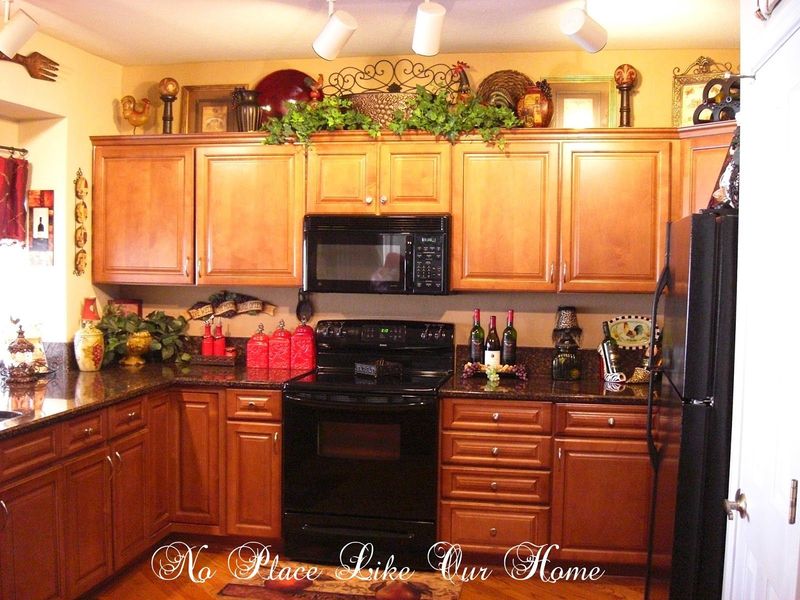
The awkward space between kitchen cabinets and ceiling became prime real estate for artificial foliage throughout the Midwest. Plastic ivy cascaded down cabinet fronts while silk plants gathered dust in corners.
Often interspersed with decorative plates, copper molds, or small baskets, these elevated gardens required regular dusting but never watering.
These days, kitchens either stretch cabinets to the ceiling or leave that top space emptier than a casserole dish at a church potluck. The faux jungle of ivy and ferns that once ruled Midwest kitchens? Gone without a trace. RIP, plastic greenery.
14. Oak Everything
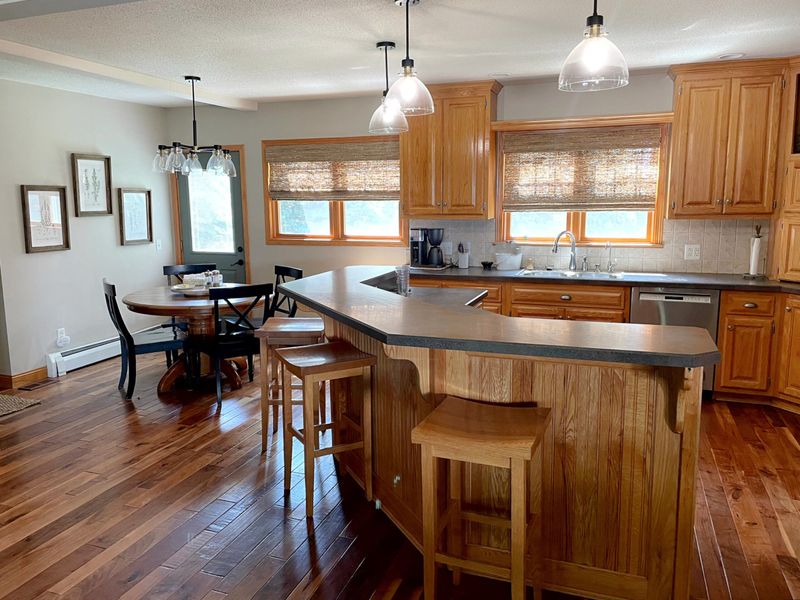
Oak dominated Midwest homes like no other material. From kitchen cabinets to entertainment centers to dining sets, this honey-colored wood created a visual through-line in homes across the region.
Distinctive cathedral-arch cabinet doors with prominent grain patterns became the standard. Wall-spanning oak entertainment centers housed massive television sets and displayed family photos.
Now we have homes that favor painted cabinets, mixed materials, and lighter woods. The solid presence of oak, once the backbone of Midwest interior design, has largely been stripped or painted over.

